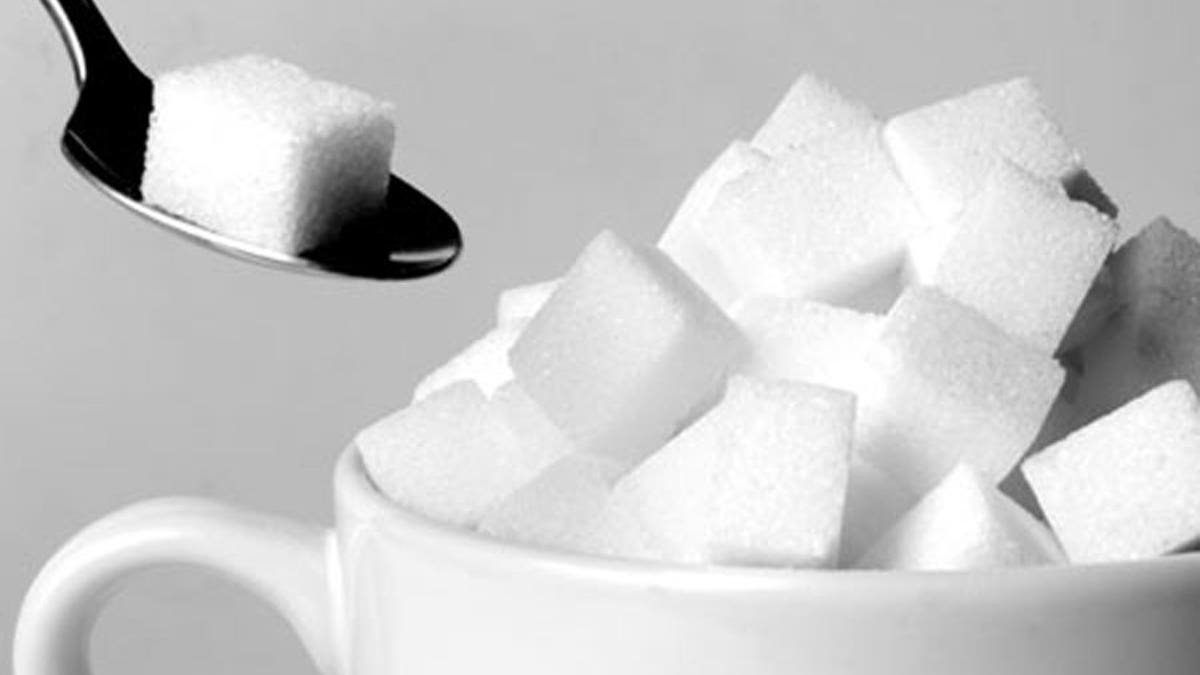
(iStock)
Everyone knows sugar has been tied to high cholesterol, weight gain and obesity. So why is it so difficult to cut it out of our diets?
Sugar itself isn’t to blame; the problem is how much of it we eat. The average American eats 22-28 teaspoons of sugar a day (nearly a pound’s worth of calories per week).
Sugar is one of the most difficult foods to eliminate because it puts up a fight by altering hormone response and brain functions to create cravings.
The first step in breaking sugar’s grip is to change the way we thing about it.
Sugar is not just the white stuff we stir into our coffee or use atop our morning cereal. We interact with many sweeteners, including honey, agave, maple syrup, corn, fructose and even fruit.
Although fructose is metabolized in the liver and doesn’t raise insulin levels, it can still lead to weight gain and put you at risk for disease in the same way the other sugars can.
Searching out foods that claim to be a healthier choice may be deceiving because sugar is lurking in many of the everyday foods we may think are healthy. The American Heart Association recommends no more than six teaspoons (24 grams) of sugar per day for women and no more than 9 teaspoons (36 grams) per day for men.
So where’s it hiding?
Sugar is found in processed foods, which tend to be high in sugar and are usually lacking essential vitamins and minerals.
Many sweetened breakfast cereals contain at least four teaspoons of sugar per serving. A sugar spike first thing in the morning will set you up for insulin and blood sugar spikes followed by a crash that will have you reaching for more sugar to bring back your energy throughout the day.
Even foods as seemingly nutritious as a peanut butter and jelly sandwich, a kid favorite, can have as much as 18 grams of sugar. A six-ounce container of yogurt can have 27 grams, a small serving of raisins has about 30 grams, and a half-cup serving of some tomato sauces has up to seven grams of sugar.
How can we avoid it?
The easiest way to avoid added sugars is to eliminate processed foods. Instead, choose organic meat, nuts, seeds, vegetables, whole dairy, healthy fats like coconut and olive oil, and fruit in moderation.
If you do eat processed foods, make sure you always read the labels and beware of “non-fat” foods since they are almost always loaded with chemicals and sugar.
Avoid drinking sweetened beverages, including juices, since they are very high in sugar with no fiber or fat to help balance it out.
Eliminate or reduce artificial sweeteners which can increase cravings for sugar and carbohydrates.
Another simple step is to stop adding sugar. Sweeten cereals and drinks with stevia, a plant-based sweetener that doesn’t cause an insulin release.
